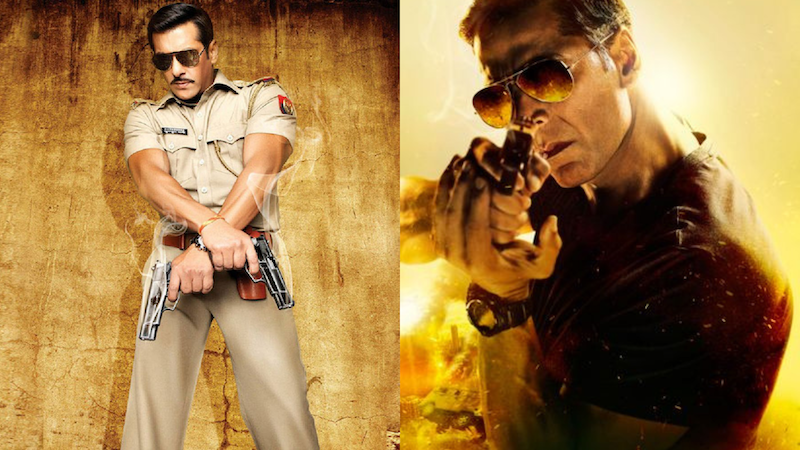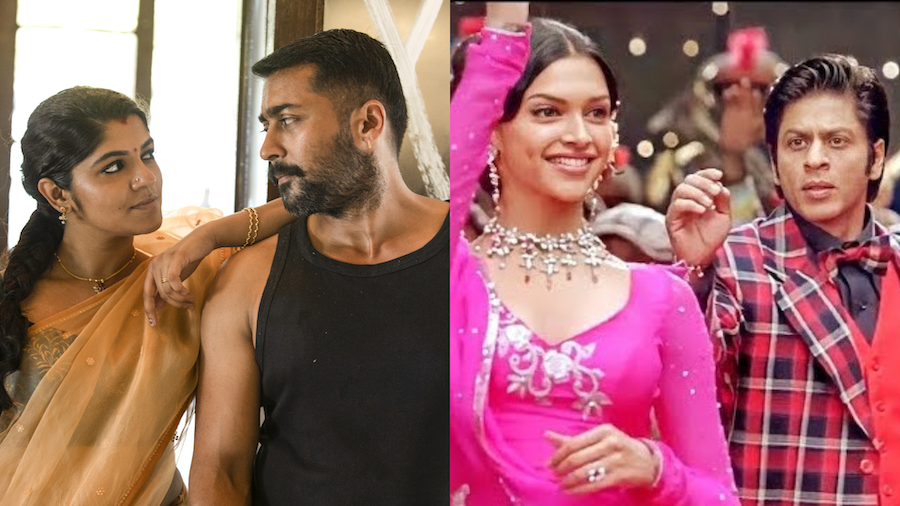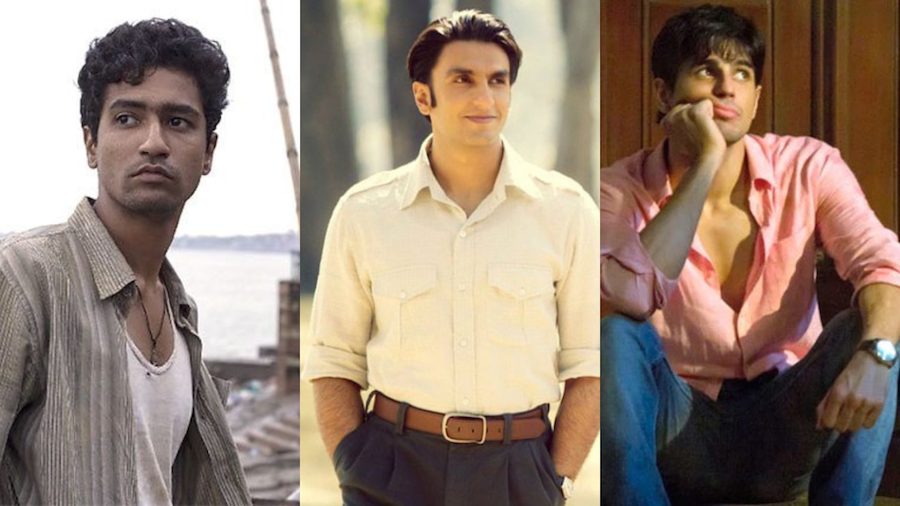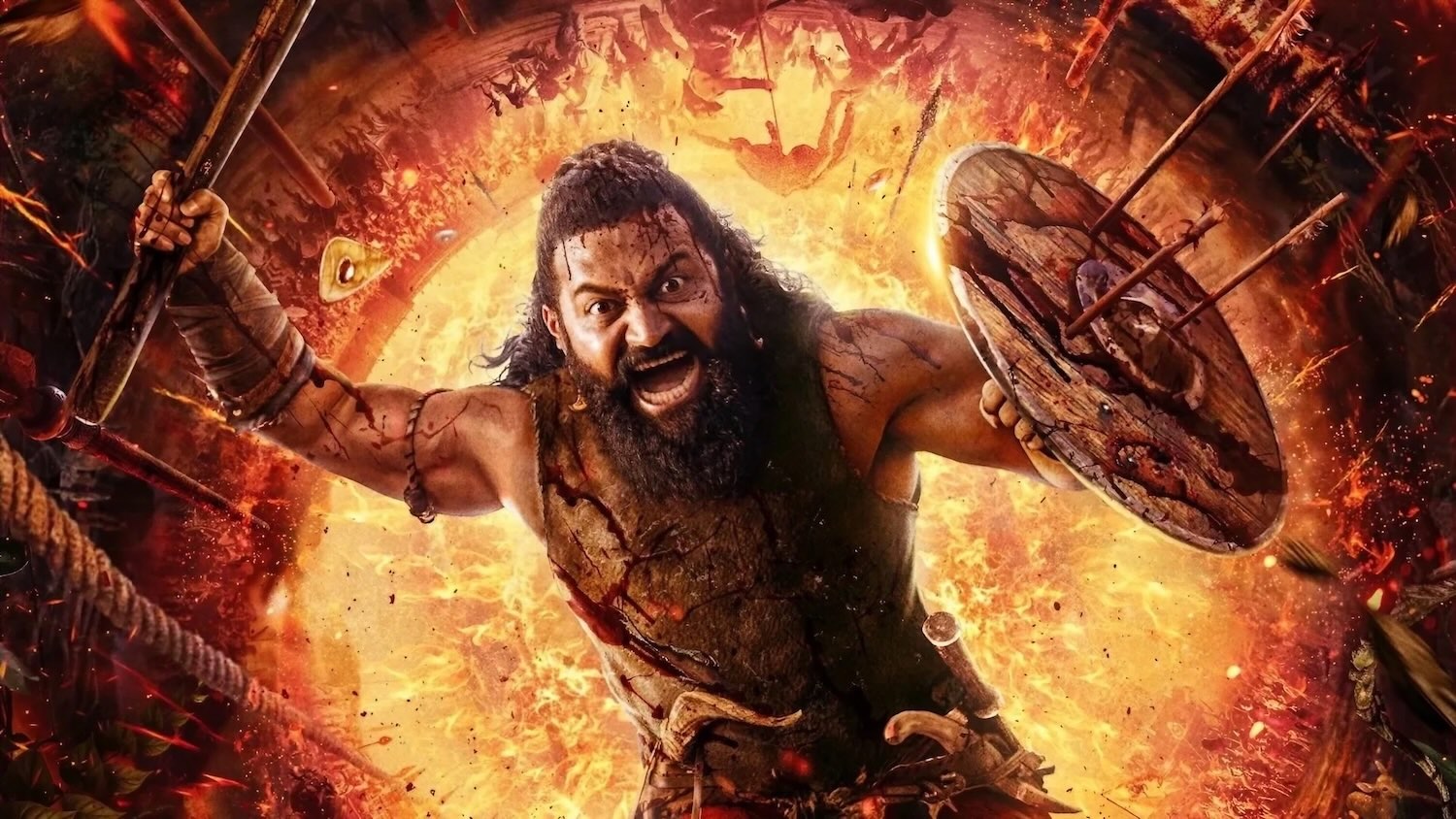


By Soumya Vats
In a male-dominated industry, it is unsurprising that the consumer base reflects this disparity, with the male audience contributing more to the Indian theatrical business than the female audience. As per our Sizing The Cinema: 2023 report, male audience contribute 66% to India’s theatrical base of 122 Million. That male superstars are also the most popular cinema icons in our country, across all major languages, is not a plain coincidence. Rather, it stems from a systemic way of looking at superstars and superstardom.
In our monthly star popularity track, Ormax Stars India Loves (OSIL), we report the popularity of male and female stars separately, to account for this ‘disparity’. Audience are asked to name their two favorite male and female stars each, for each language they are watching movies in. While the Top 10 lists are posted on social media every month, the full reports also shed light on the popularity shares of stars by various target groups, including by gender.
In a recent analysis, we looked at the gender skew in popularity of top 15 male stars across five major languages (Hindi, Tamil, Telugu, Kannada & Malayalam) over a period of six months. ‘Gender skew’ refers to the relative popularity of a star among male audience vis-à-vis female audience. Since popularity is reported in OSIL as a percentage share, if some stars are male-skewed, it becomes imperative that some other stars must be female-skewed. So, one can expect that some of the top 15 stars would have higher popularity share among male audience, while some others would be more popular among female audience, while the rest will be gender-balanced in their popularity.
But our analysis revealed something staggering. Of the 15 male stars analysed, the popularity of eight stars was significantly higher among male audience than female audience (Akshay Kumar, Hrithik Roshan, Jr. NTR, Ram Charan, Allu Arjun, Ajith, Yash & Mohanlal). Six other stars (Shah Rukh Khan, Salman Khan, Prabhas, Vijay, Mammootty & Sudeep) displayed a gender-balanced popularity profile. Only one of the 15 stars (Suriya) showed a significant female skew in his popularity, with all the other female-skewed stars ranking lower in their respective languages, often outside the top 5. Suriya’s diversified film choices and his socially-disruptive characters may account for his differentiated fan following. In a broader sense, however, it can be concluded that if you want to be one of the top film stars in India, you cannot be female-skewed in your popularity. That’s a startling statement on the perceived gender dynamic of the Indian film industry.
That male stars need to be male-skewed to be the among top stars speaks to multiple things, some less tangible than others. Generally higher involvement of male audiences with theatrical releases, as well as a significantly higher number of male users on social media, might be the more obvious reasons. However, in this analysis, I would like to focus on a more intrinsic force that drives the public appeal for male-skewed male stars to be higher. The notion of “male gaze” (coined by feminist film scholar Laura Mulvey) refers to the internalized gendered way of looking at cinema that the masses adopt every time they look at an illuminated screen in a dark room. When we place our consciousness outside of ourselves and project it on the literally “larger than life” figures in front of us, we “look up to” and at them through a dominant way of looking, that of a man.

With this lens, we appreciate the macho hero saving the helpless damsel, the lone angry young man going against the system, the army officer protecting the nation – all ideal masculine tropes that validate the struggles of a common man. To a large extent, this occurs with female viewers too, who admire the qualities of the hero without always yearning for a female version of him, because they too internalize the male gaze that looks at films in a homogenous way – centred around a man’s perspective. Just as audiences who are women are unable to influence the way they themselves absorb cinema, similarly they are unable to influence who gets to be the most admired male stars. As a result, we stick to archetypes of the “ideal” tough, strong man like Akshay Kumar with his persistent saviour complex and Salman Khan with his low-effort machoism when awarding the top stars. Shah Rukh Khan, being a partial anomaly with his balanced profile, retains some dissident qualities with his defining charm. His adored characters – while being extremely endearing – continue to stick to covert ideal masculine notions. His nationalist bravado in Veer-Zaara, womanizer stance in Kuch Kuch Hota Hai, brooding army man image in Jab Tak Hai Jaan, vengeful lover in Om Shanti Om – retain fundamental qualities of a masculine hero, while offering nuggets of subversion through his affectionate romantic portrayal.

The male-centric image makes these stars ideal for a milieu that possesses a decidedly male gaze. At the same time, especially in the last decade, the influx of more tender, in a colloquial way more “feminine” male characters that use emotion, vulnerability and shared roles, does provide the female audience with a limited opportunity to use “female gaze” when looking at films. In recent times characters played by Vicky Kaushal in Raazi and Masaan, Ranveer Singh in Lootera, and Suriya in Soorarai Pottru form some examples that may appease their female audience, by making themselves available to be “looked at” by women, instead of portraying characters who control the lives of their female counterparts (as protectors, heroes), essentially “looking at” women. This alternate representation of male characters gives agency to female audience – a neglected section of the audience – to control their gaze, convoluting the idea of an ideal male star.

That said, this alternate material is not yet significant enough, especially in the theatrical sphere, to fully displace the dominant notion of a hero for the overall audience, leading to the retention of our traditional male heroes as the “most loved” ones.

Ormax Cinematix's FBO: Accuracy update (November 2025)
This edition of our monthly blog summarises Ormax Cinematix's box office forecasts (FBO) for all major November 2025 releases vis-à-vis their actual box-office openings

Product update: Content testing for the horror genre
Based on our accumulated audience insights, we are introducing genre-specific drivers for horror films and series in our content testing tools, Ormax Moviescope and Ormax Stream Test

The India Box Office Report: October 2025
Driven by Kantara - A Legend: Chapter-1, October 2025 has emerged as the highest-grossing box office month of the year at the India box office, with gross collections of ₹1,669 Cr
Subscribe to stay updated with our latest insights
We use cookies to improve your experience on this site. To find out more, read our Privacy Policy